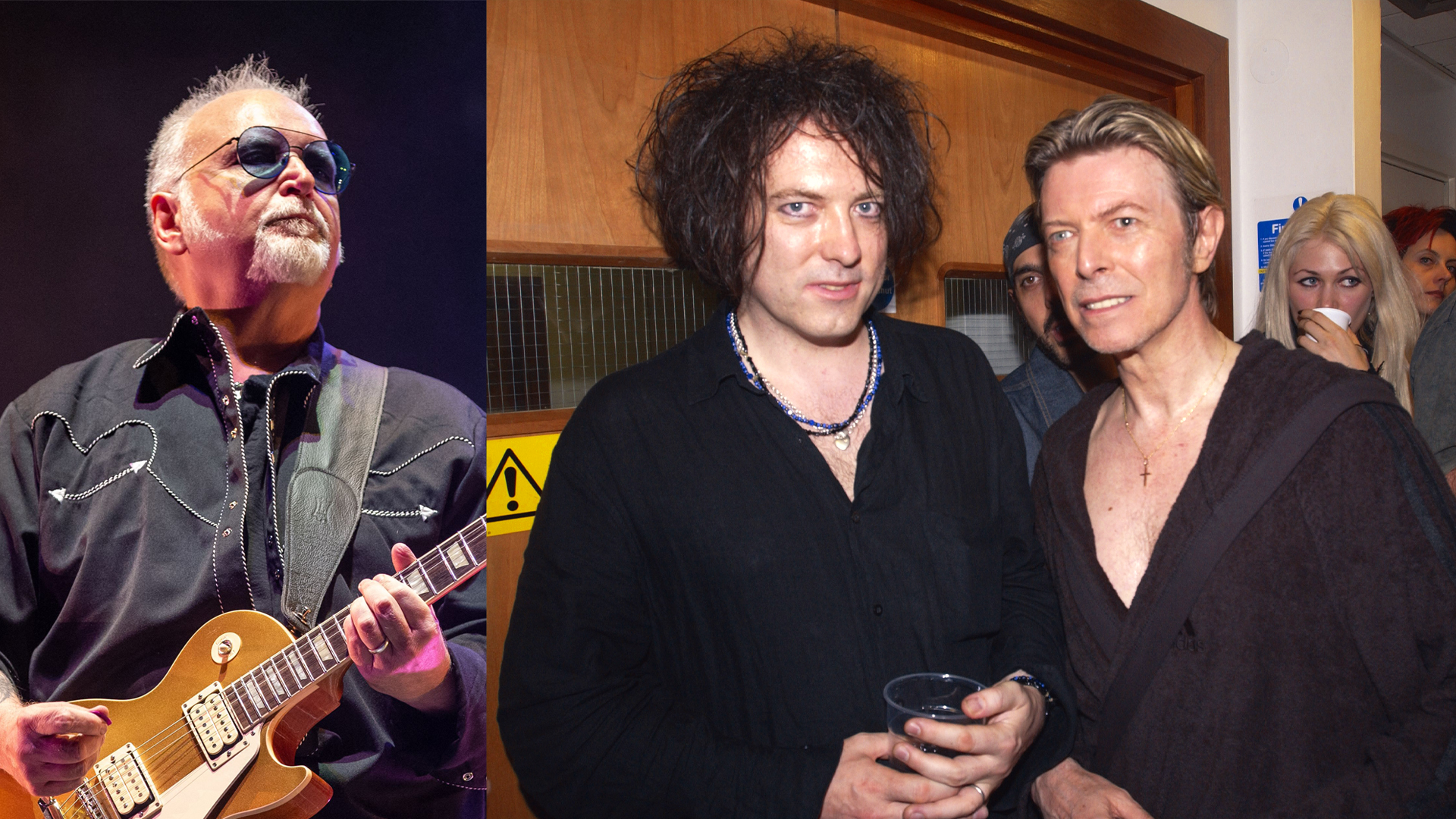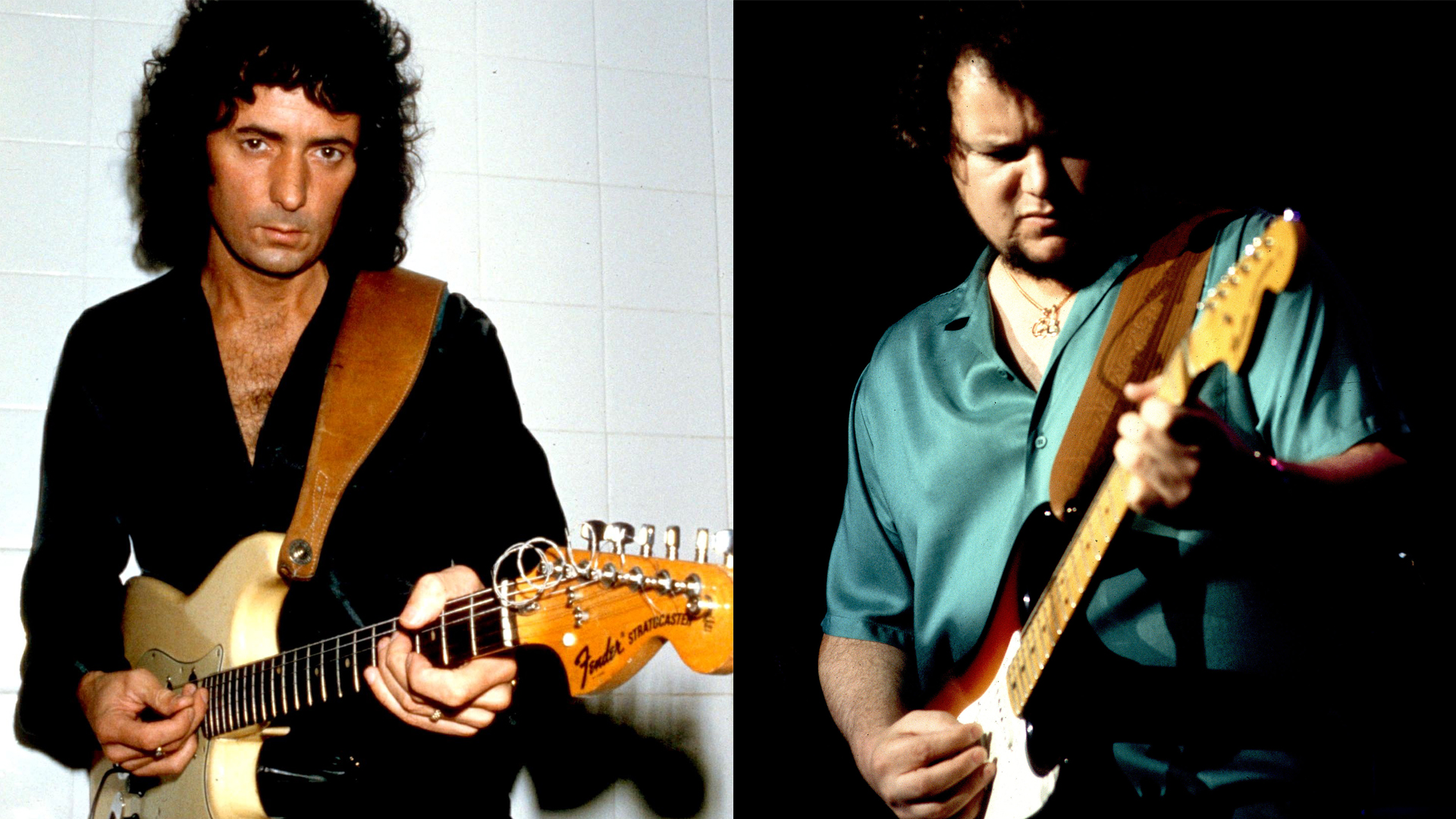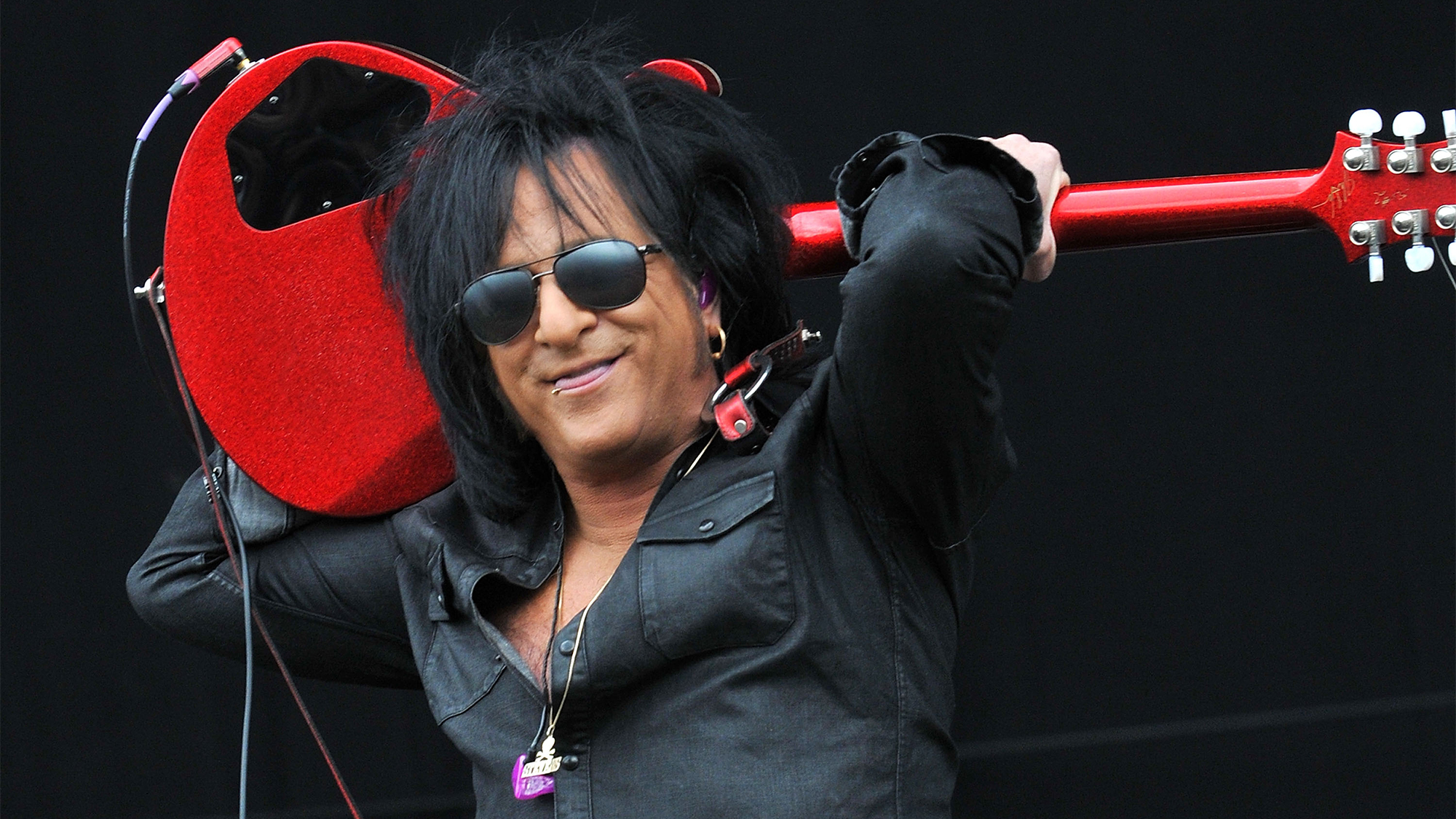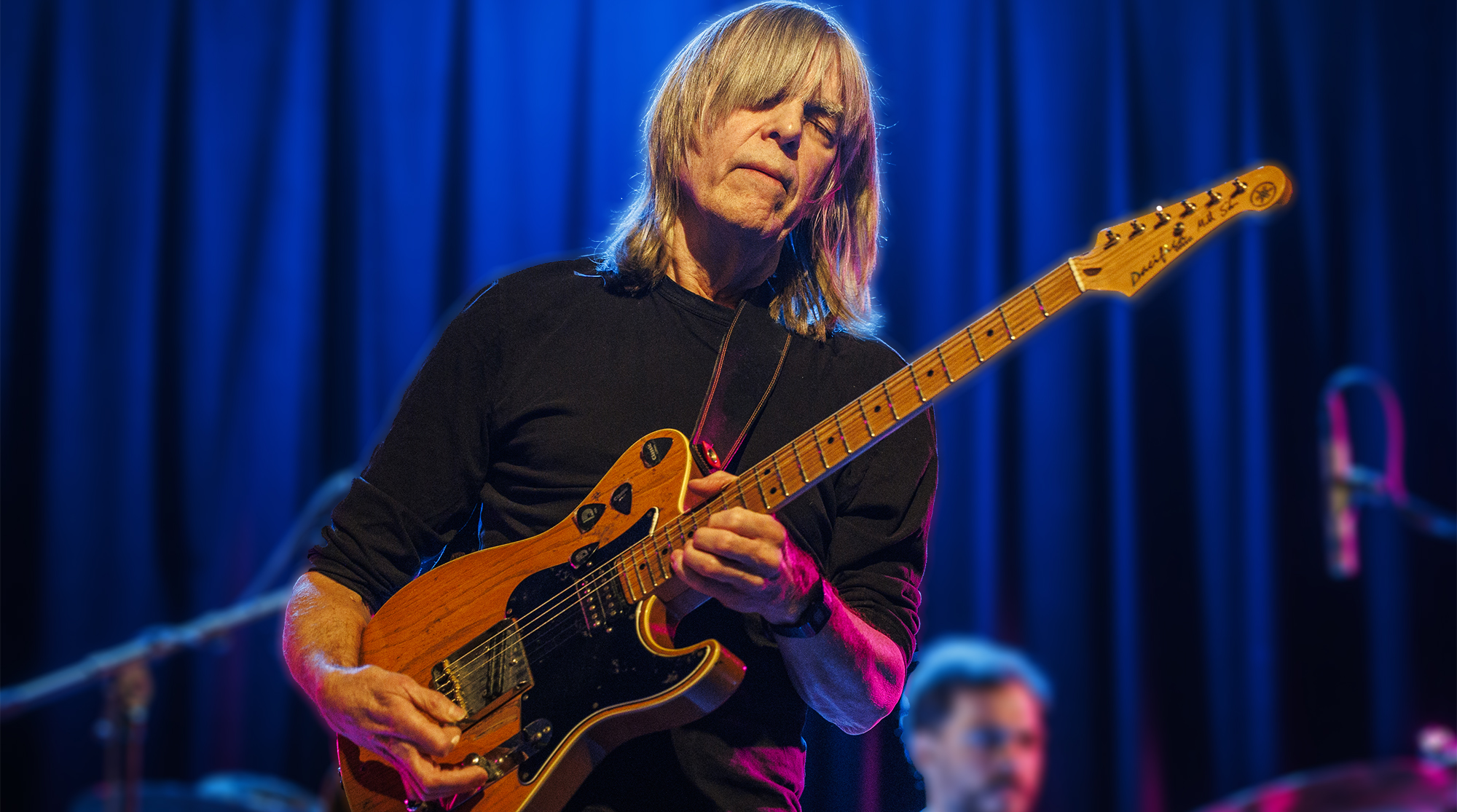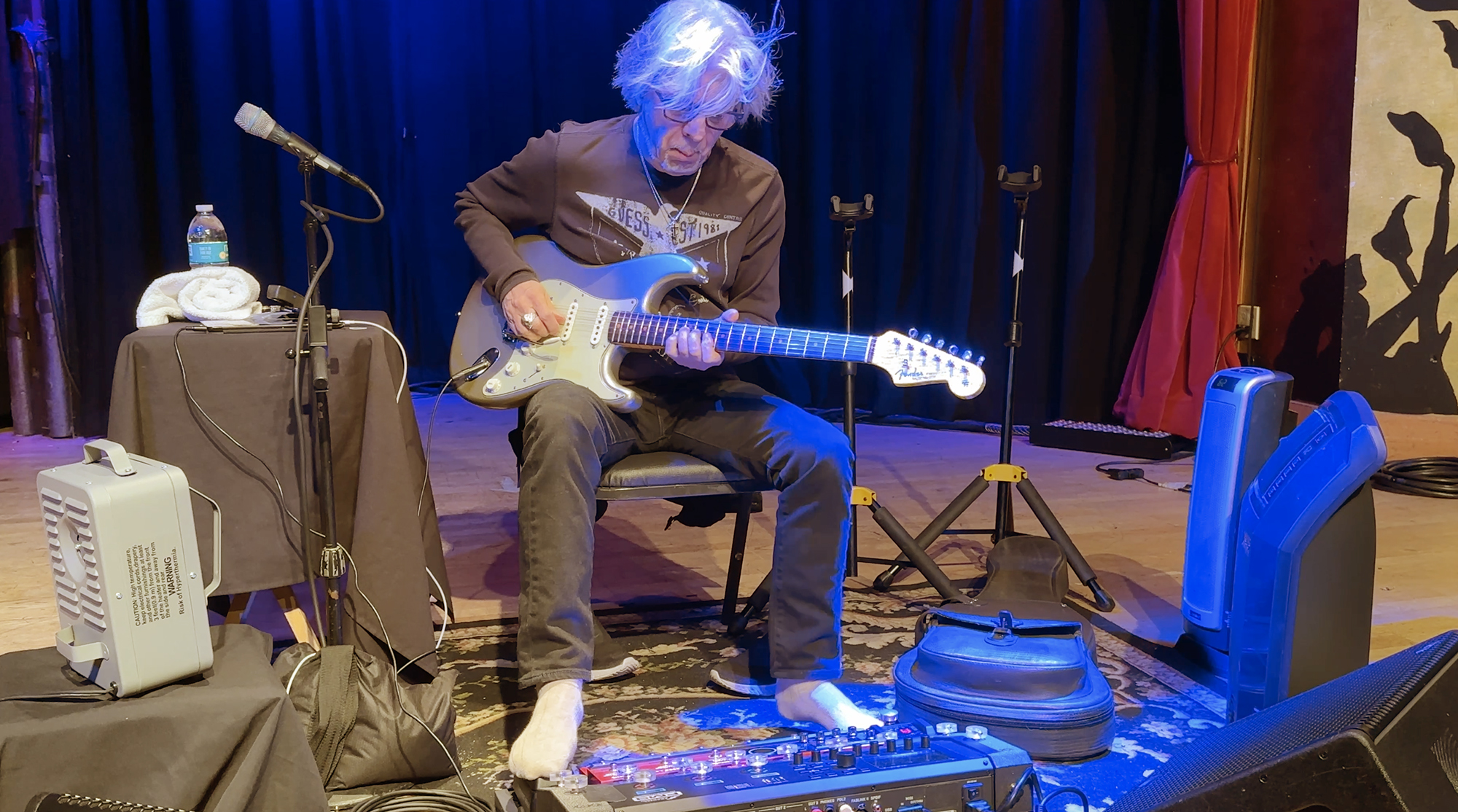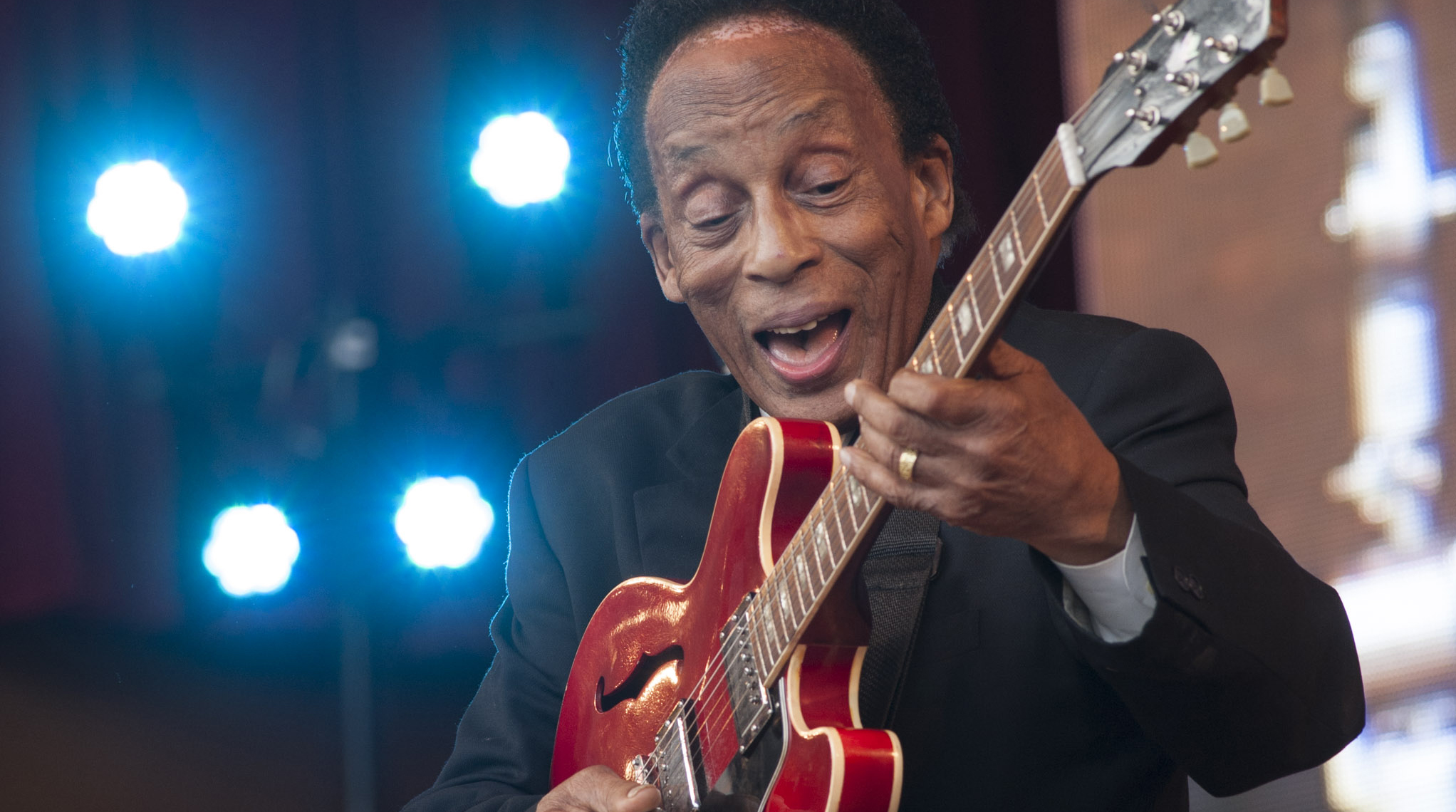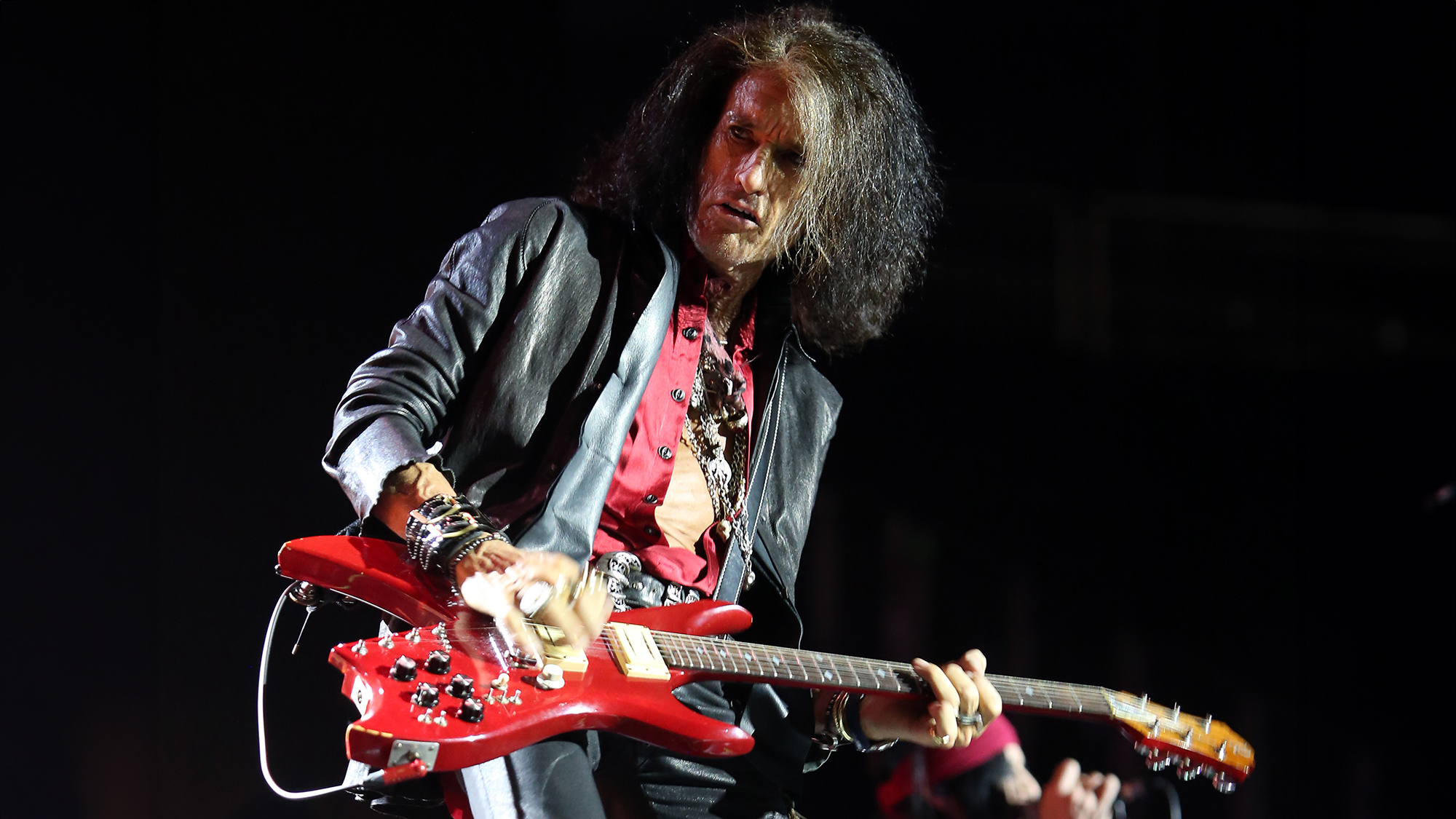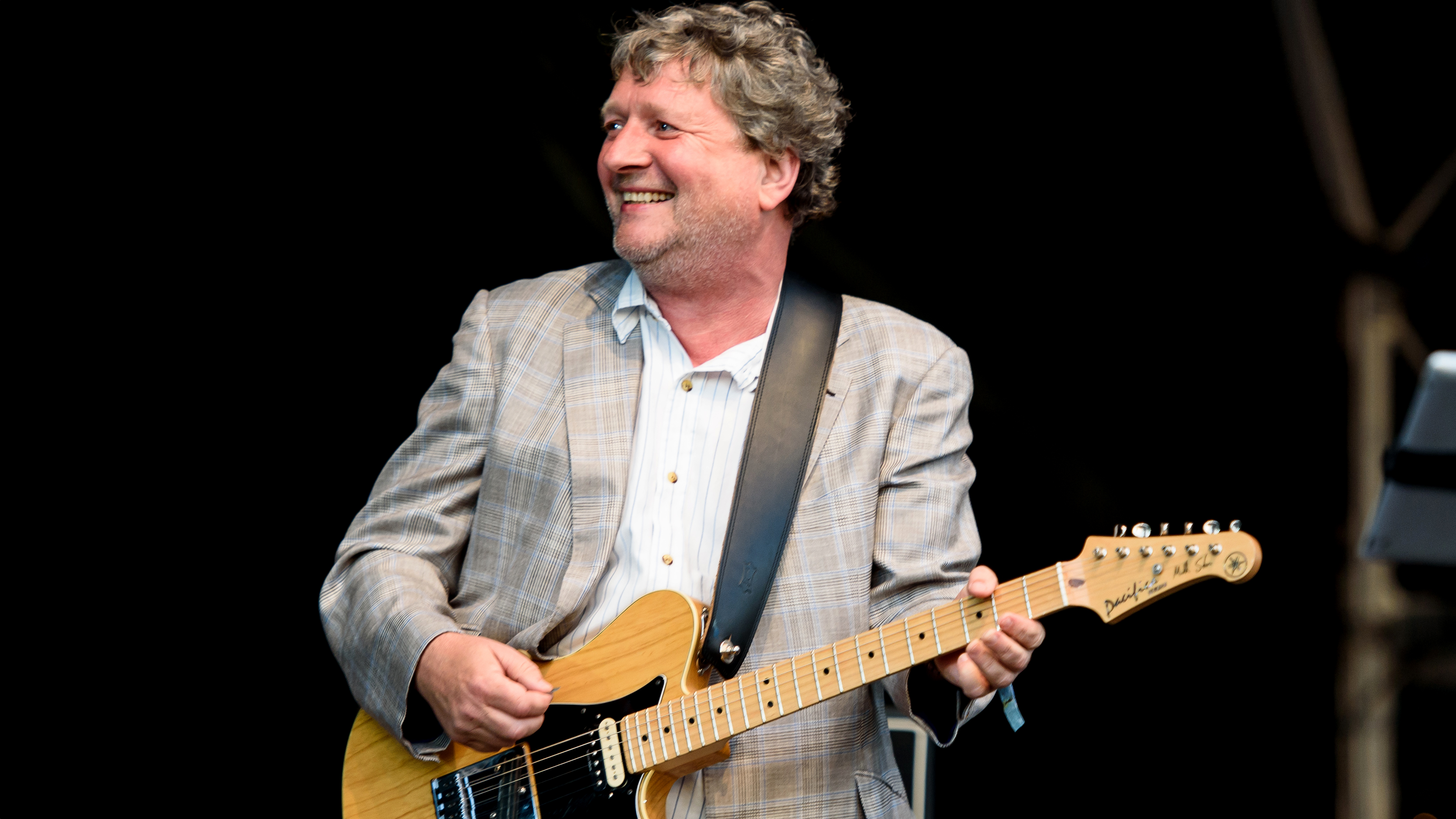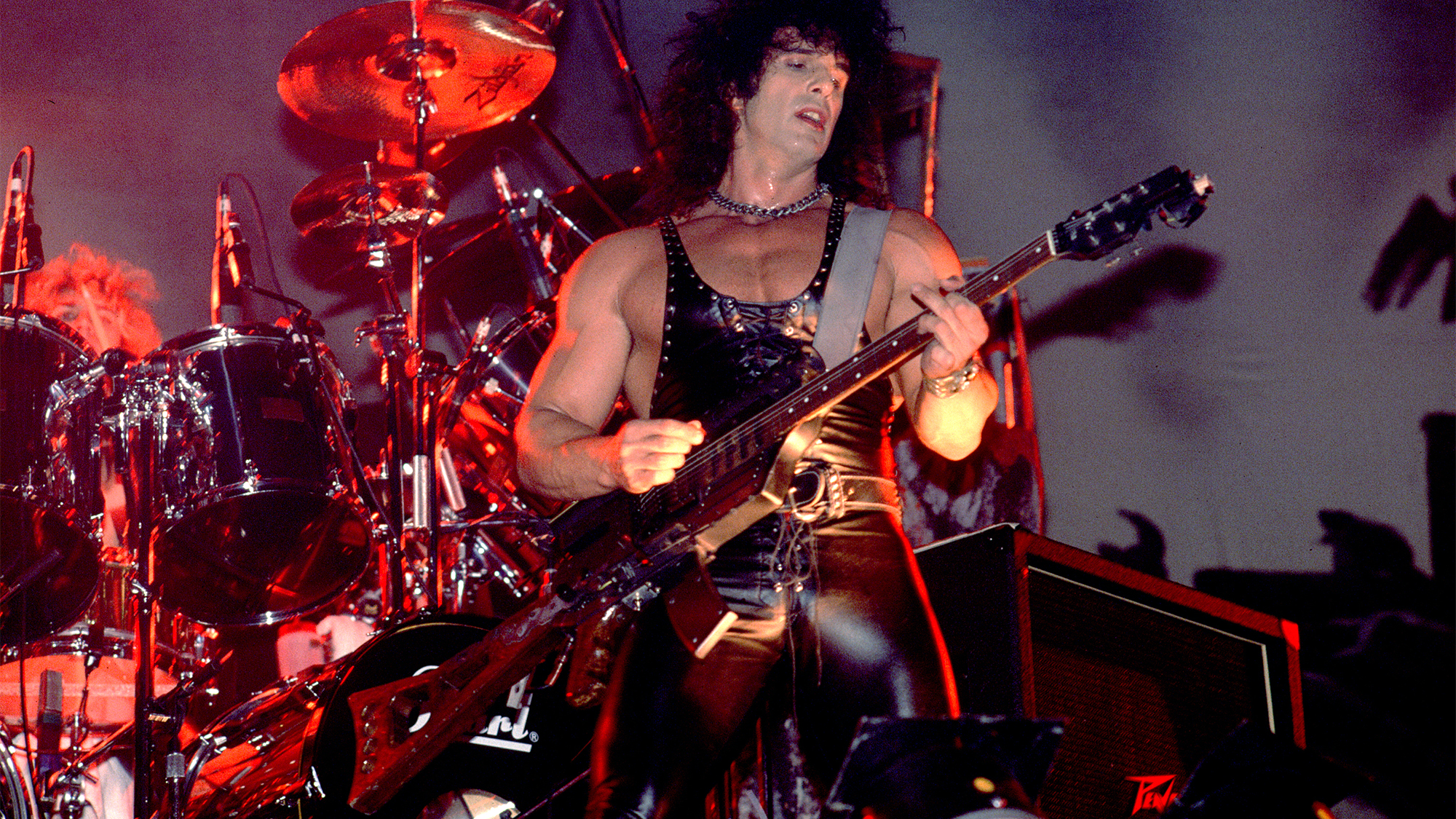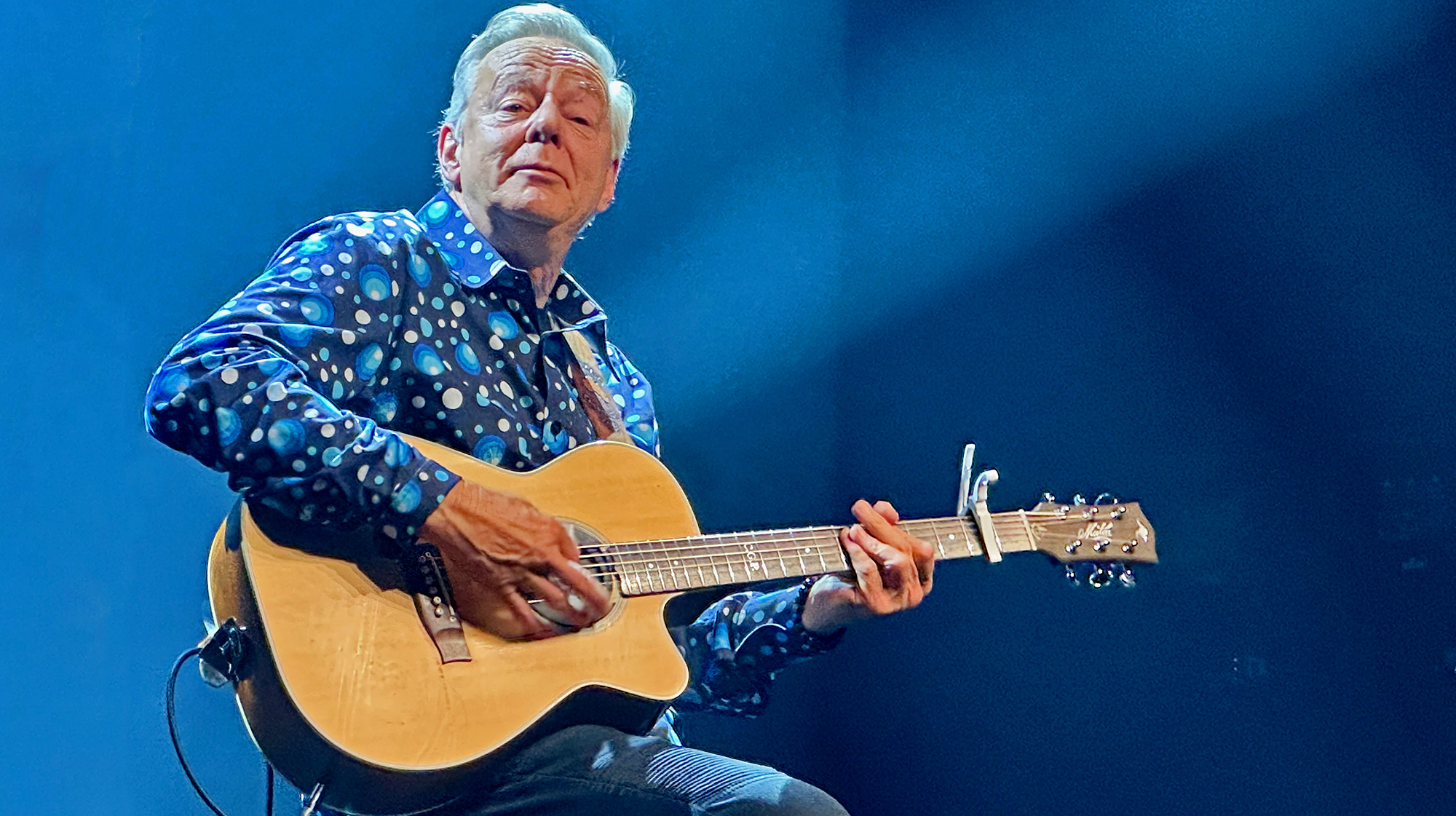“When I saw this 'Let It Be' footage, I noticed how easy it looked to play.” Paul McCartney on why he pulled his Höfner bass out of mothballs after ignoring it for nearly two decades
McCartney credited Elvis Costello for encouraging him to return the instrument to his lineup when the two began working together in 1987
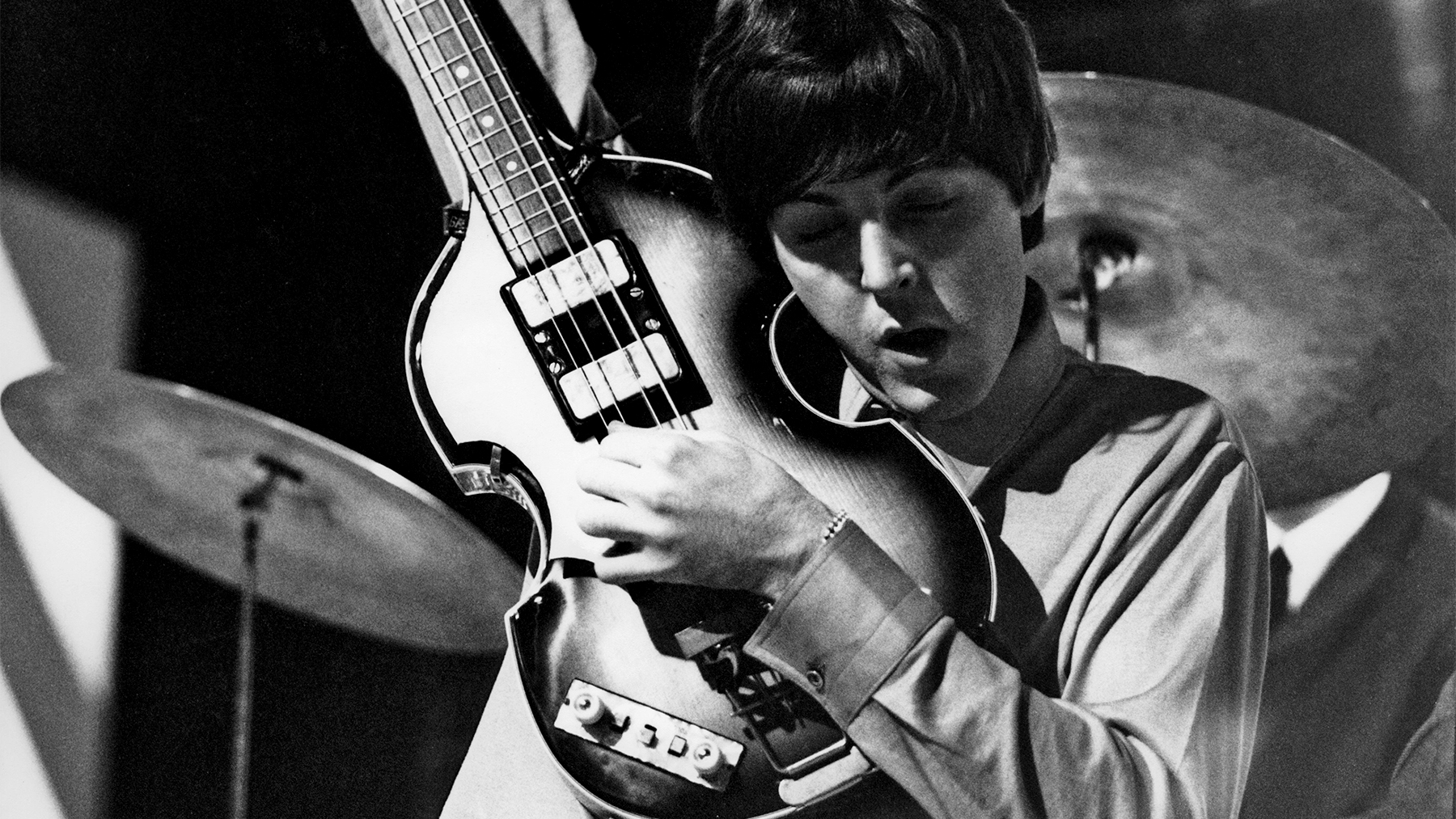
"It's as if it were just a little jacket or something," Paul McCartney told Guitar Player. "It's so light, it's like a little piece of balsa wood."
"It" is his Höfner 500/1 violin bass, the instrument he played from the Beatles’ Hamburg days through the Beatlemania years and on the group’s Let It Be album. Over the group's history, that particular bass guitar model became so connected with McCartney through constant touring and magazine photos that it earned the name "the Beatle bass."
But his Höfner got sidelined by other basses from 1966 onward, namely the Rickenbacker 4001S and Fender Jazz. The Höfner returned to McCartney's lineup for the 1969 recording and filming of Let It Be, as seen both in that film and the 2021 documentary The Beatles: Get Back. However its return was more for sentimental reasons due the nature of the project, as the Beatles attempted to return to their roots as a live rock and roll band.
The Rickenbacker bass remained his main squeeze for much of McCartney's early work with Wings until it was replaced by a Yamaha BB-1200 and, in the 1980s, a Wal five-string. Both of McCartney’s Höfner basses disappeared from view during his time with Wings. In fact, his first of the two Höfners literally vanished when it was stolen in 1972, not to be seen again until it resurfaced in 2024.
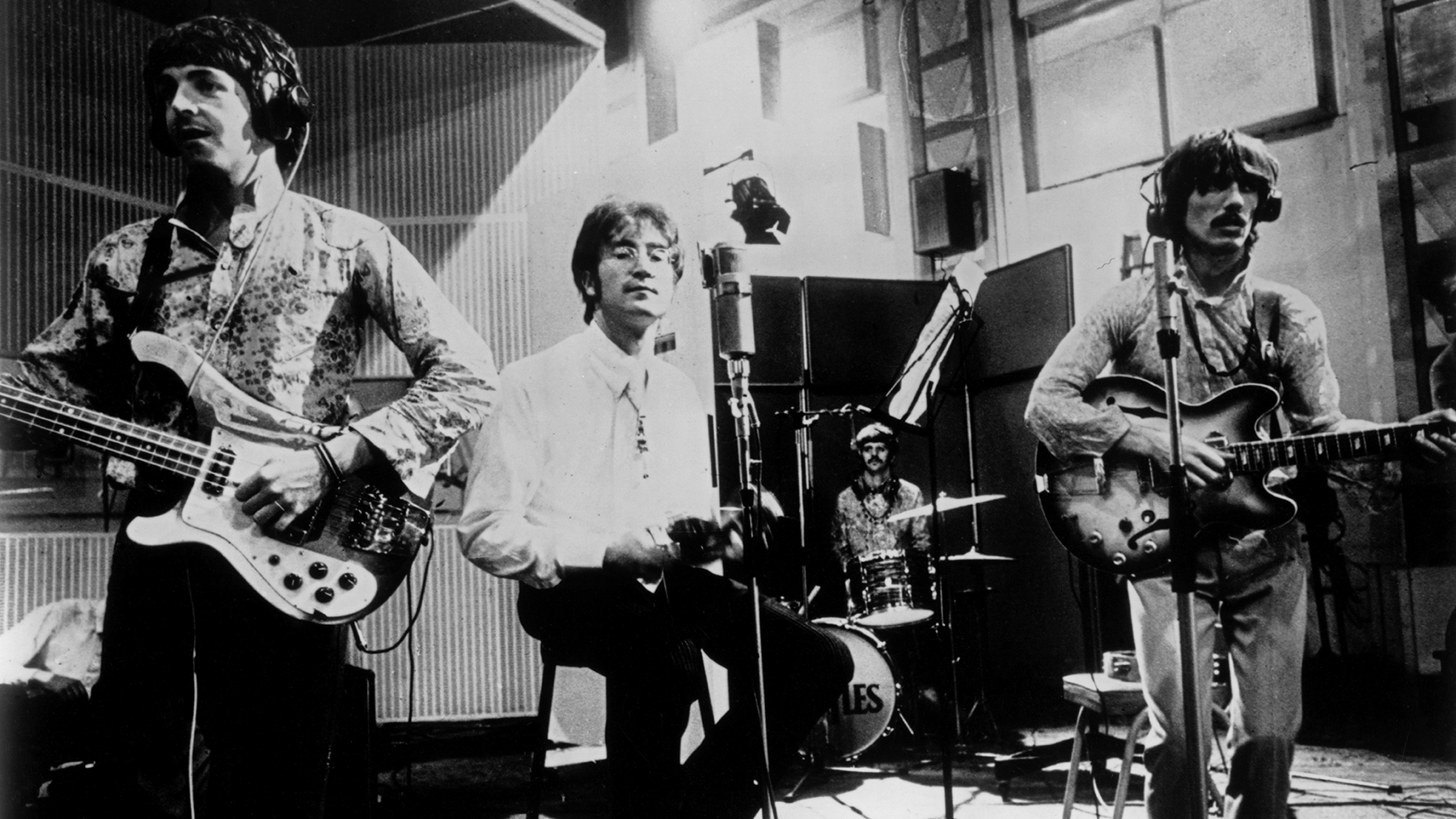
So what made McCartney return to his remaining Höfner in the final years of the 1980s? Two things, according to his 1990 interview with Guitar Player. The first was the encouragement of a longtime Beatles fan, also from Liverpool and also famous: Elvis Costello. In 1987, McCartney and Costello began writing and recording together, the results of which were heard on each artist’s next album: McCartney’s Flowers in the Dirt and Costello’s Spike.
As McCartney told GP, Costello’s suggestion was partly due to his love of old guitars. “He's sort of a fan of older instruments,” McCartney said. “He often uses Höfner guitars because they've got a real honky sound that he likes. It's a period sound.”
But the Beatles fan in Costello was pushing him to too.
“During the work on Flowers in the Dirt, he said, ‘Why don't you try the Höfner?’” McCartney explained. “It was a little bit like pulling it out of mothballs. I had resigned myself to not working with it again because it's not very precise, but he said, ‘Oh, I love the sound, and you must be able to get it in tune.’
“So we fiddled around, and we did a bit of work on it. We just about got it so it was in tune everywhere on the neck, so that was great after all these years. You've got to have the bridge at a very acute angle to get it to work. But anyway, it started to sound really good and he was very happy with it.”
It’s not known exactly all the songs from those album sessions that feature the Höfner, but McCartney did play it on Flowers in the Dirt's “My Brave Face” (and gave it plenty of exposure in the music video) as well as on “Veronica,” from Spike.
“So it re-awoke my interest in it."
But what truly sold McCartney on the Höfner — for the second time in his career — was its light weight. Oddly, he noticed this not by actually using the bass but by viewing footage of himself with it on the roof of Apple Corps, performing with the Beatles on January 30, 1969, as captured in Michael Lindsay-Hogg’s 1970 film, Let It Be.
“I saw a little bit of the Let It Be film of the Beatles on the roof doing ‘Get Back,’” McCartney said, “and I realized that the way I was holding the Höfner was not like you hold a big, heavy thing that weighs you down and you sort of become a part of it.
"The Wals are considerably heavier," he noted. "And the Rickenbacker's are in between.”
There’s no denying the Höfner bass looks practically weightless in McCartney’s hands. While he indicates the “Get Back" performance, his work on "Don't Let Me Down," especially during the song's outro, shows how he could play the bass almost like a lead guitar.
“So when I saw this Let It Be footage, I noticed how easy it looked to play. And because it's so light, you play guitary stuff on it; you play quite fast stuff. It just kind of flows more naturally than if you're on a physically heavy bass. So I got back into it.”
McCartney went on to use the Höfner in his subsequent tours, including on the songs "This One," "My Brave Face," "Back in the U.S.S.R.," "I Saw Her Standing There," "Coming Up” and, naturally, “Get Back.” It remains the bass with which he is most readily identified, which is largely why he uses it in his concert today. And, in fact, once his stolen Höfner was back in his hands, one of his first acts was to bring it onstage.
While McCartney remains largely known as a bassist, he’s said he sees himself as a guitarist, since it’s the instrument he started out with and continues to play to this day. Specifically, though, he identifies with acoustic guitars.
As he’s explained elsewhere, due to his left-handedness, he had to become somewhat flexible playing guitar right-handed. Because he and John Lennon spent so much time writing together in their early years, if John broke a string on his guitar he would be forced to use McCartney's, which helped him develop left-hand proficiency.
Get The Pick Newsletter
All the latest guitar news, interviews, lessons, reviews, deals and more, direct to your inbox!
Christopher Scapelliti is editor-in-chief of GuitarPlayer.com and the former editor of Guitar Player, the world’s longest-running guitar magazine, founded in 1967. In his extensive career, he has authored in-depth interviews with such guitarists as Pete Townshend, Slash, Billy Corgan, Jack White, Elvis Costello and Todd Rundgren, and audio professionals including Beatles engineers Geoff Emerick and Ken Scott. He is the co-author of Guitar Aficionado: The Collections: The Most Famous, Rare, and Valuable Guitars in the World, a founding editor of Guitar Aficionado magazine, and a former editor with Guitar World, Guitar for the Practicing Musician and Maximum Guitar. Apart from guitars, he maintains a collection of more than 30 vintage analog synthesizers.
"We tried every guitar for weeks, and nothing would fit. And then, one day, we pulled this out." Mike Campbell on his "Red Dog" Telecaster, the guitar behind Tom Petty & the Heartbreakers' "Refugee" and the focus of two new Fender tribute models
“A good example of how, as artists, you have to blindly move forward with crazy ideas”: The story of Joe Satriani’s showstopping Crystal Planet Ibanez JS prototype – which has just sold for $10,000


